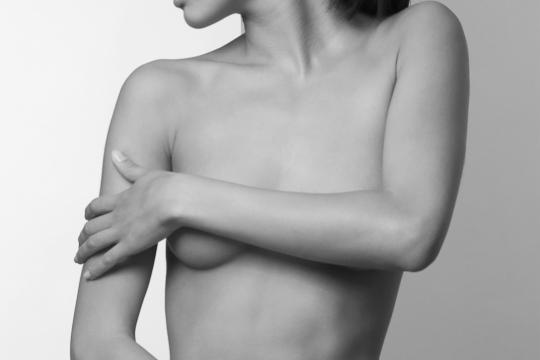Will I have any scars after my breast reconstruction?
The extent of your scarring will depend on your age, genetics, the way your body heals, and how your incisions and underlying tissues are sewn together.
Even the best reconstruction surgery can't eliminate mastectomy scars, but when a board-certified aesthetic plastic surgeon performs an immediate reconstruction, most of the breast skin is preserved to hold the implant or tissue flap, and they may be able to hide many of the mastectomy incisions in the inframammary fold under the breast or around the areola. When your surgeon hides the incisions around the areola, the small scars are covered when the areola is tattooed.
Flap reconstruction does leave a lengthy scar at the donor site, but bathing suits and underwear can hide scars on the abdomen or buttocks. In some cases, lateral or vertical incisions from the nipple are required to accommodate reconstruction. These scars become less noticeable over time but never disappear completely.
If you have a mastectomy without reconstruction, your surgeon will remove most of the breast skin through a long incision across your chest. The resulting scar is permanent. If you have reconstruction later, it will be done through this mastectomy scar. The mastectomy scar remains on the reconstructed breast, but will grow pale over time.
Take care of your scars by keeping them moist, massaging the scar line, and use a scar management product to smooth and flatten scars, making them less noticeable. If these techniques don't work, re-excising the scar (cutting away the hard scar tissue and reclosing the incision) may significantly improve a scar.



